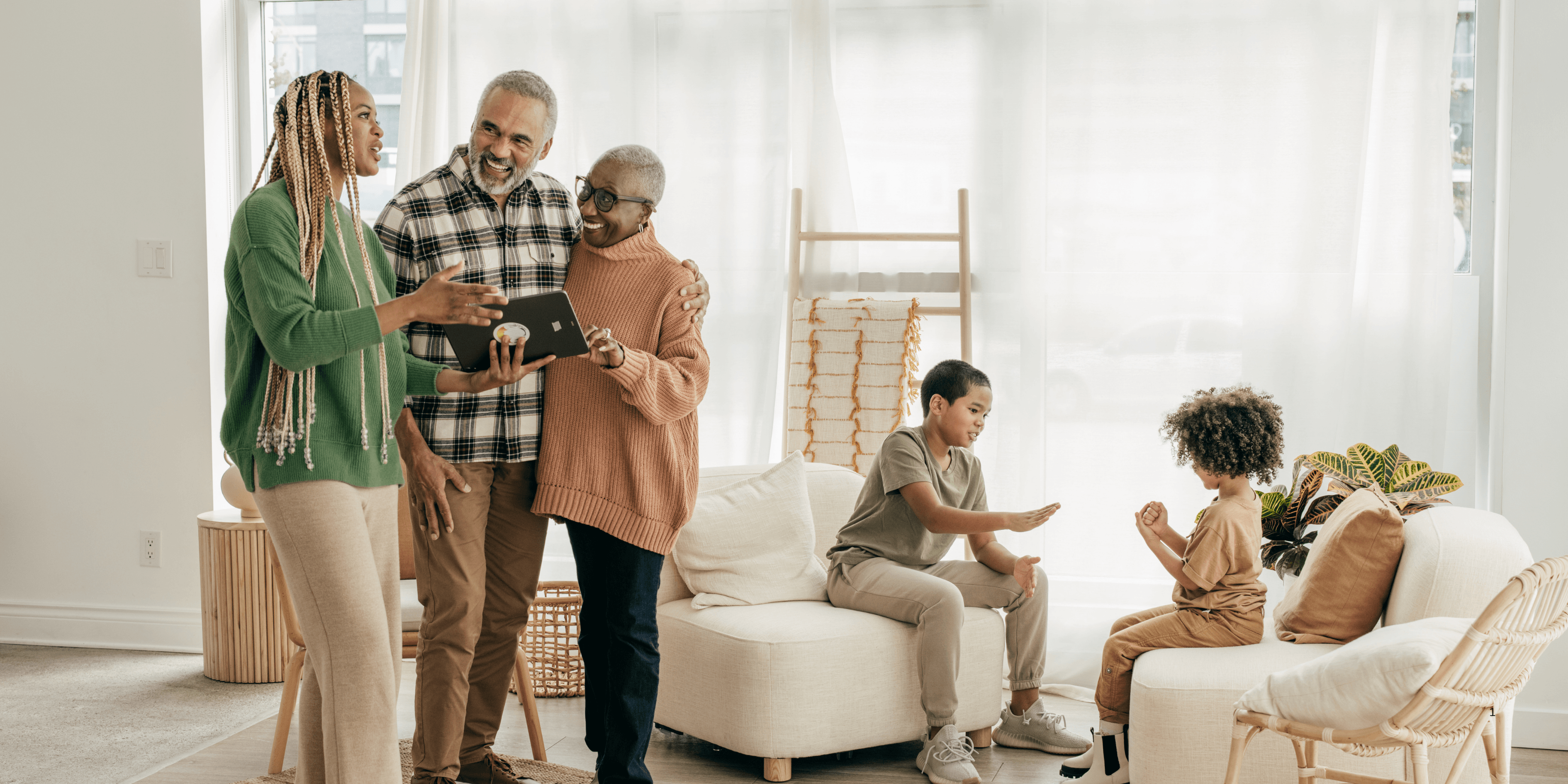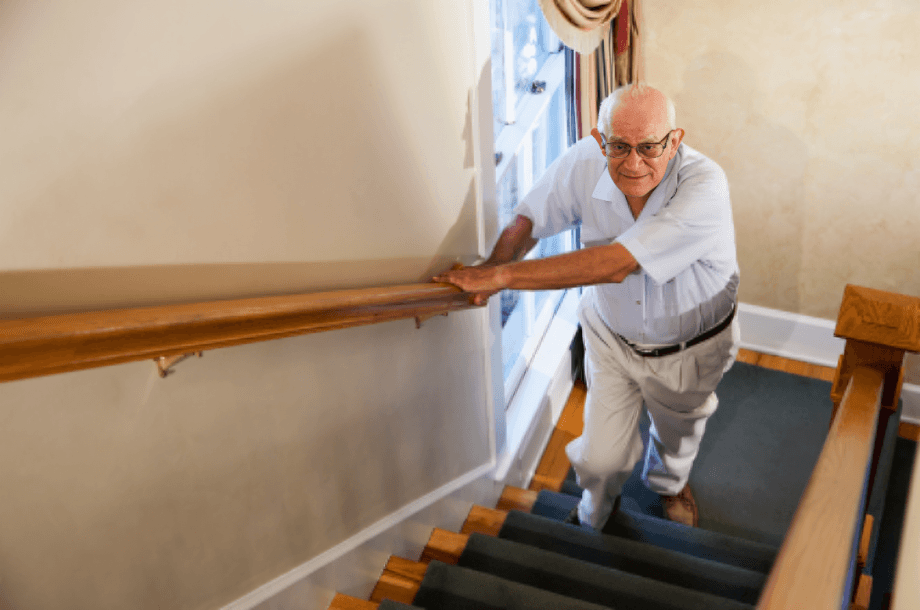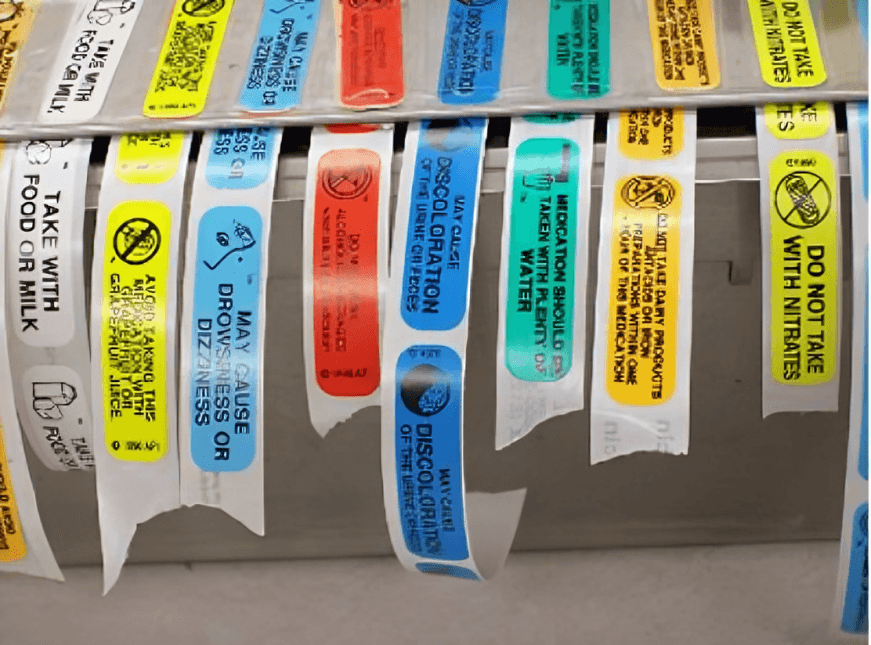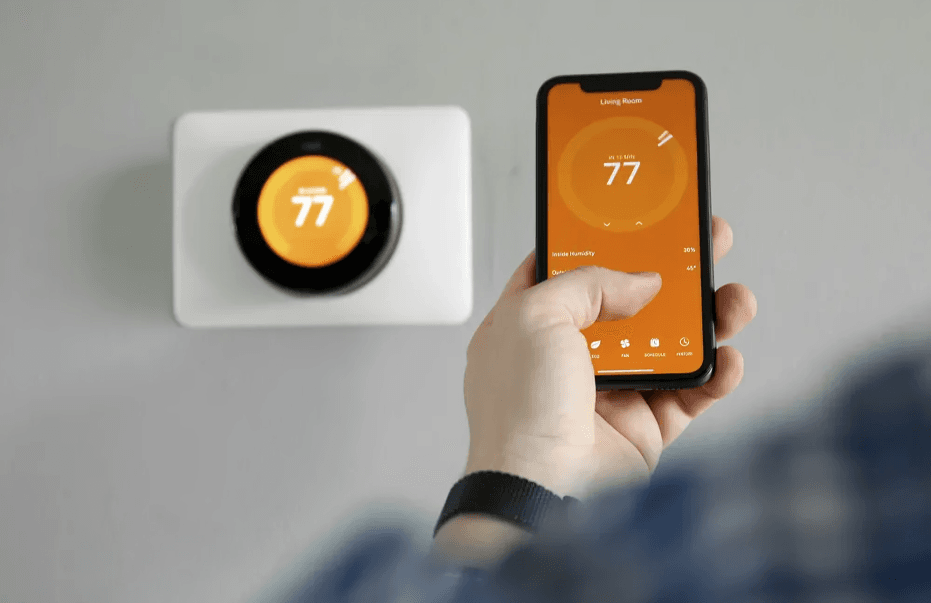
“
As adults age, their homes should evolve into places of comfort, security, and ease. Knowing how to make a home safe for aging adults is vital to prevent injuries and promote independence. From improved lighting to supportive furnishings, every small change can help reduce falls and enhance confidence. 1
1
”
Removing loose rugs, securing carpets, and installing non-slip mats in high-traffic areas helps reduce fall risks, a leading cause of injury for aging adults in their own homes. 1
Adequate lighting in stairways, bathrooms, and hallways reduces shadowed areas where older adults may trip or misjudge steps, especially if they have declining vision or mobility issues. 2

Installing sturdy handrails on both sides of staircases gives seniors better balance and grip while moving up and down, preventing dangerous slips or fatigue-related accidents.
Raised toilet seats and grab bars in bathrooms help elderly individuals maintain independence and stability while reducing strain on knees and hips during essential routines. 3
Lever-style door handles and faucets are easier to grip than round knobs for seniors with arthritis or reduced hand strength, making daily tasks more comfortable and safe. 4
Removing clutter from floors and walkways, especially electrical cords or low furniture, creates clear paths that help seniors avoid trips or stumbles while moving around the house. 5
Installing anti-scald devices on showerheads and faucets protects elderly users with sensitive skin from accidental burns, as aging skin is more susceptible to extreme temperature damage. 6
Slip-resistant flooring like textured vinyl or rubber reduces the chance of accidents and offers better traction than glossy tiles, especially when used in kitchens and bathrooms. 7
Emergency alert systems or wearable medical alarms provide peace of mind by allowing seniors to call for help immediately if they fall or feel unwell when alone at home. 8
Ensuring all essential items—phones, remotes, glasses, medications—are within easy reach eliminates the need for stretching or climbing, which are frequent triggers for injuries in aging adults. 9

Labels with large fonts and easy-to-read instructions on medication containers and household appliances improve usability for seniors with vision changes or mild cognitive impairment.
Secure and clearly marked storage for hazardous materials like cleaning supplies or sharp tools prevents accidents or confusion, particularly for older adults living with memory issues. 10
Storing items at waist level in the kitchen and closets helps aging adults avoid climbing, bending, or straining, making home activities safer and more accessible. 11
Using contrasting colors on walls, floors, and furniture aids depth perception and navigation for seniors, especially those experiencing changes in eyesight due to age. 12
Securing outdoor walkways with even paving, handrails, and good lighting prevents injuries when seniors step outside for fresh air, gardening, or light activities. 13

Programmable thermostats and automatic shut-off appliances help prevent overheating, dehydration, or fires, offering protection to aging adults who may forget to adjust or turn off devices.
Encouraging regular vision and hearing checkups ensures that any adjustments needed at home—such as lighting changes or amplified doorbells—support sensory health and communication. 14
Creating a home safety checklist and reviewing it monthly keeps aging adults and caregivers proactive in spotting new risks or updating assistive features in the home. 15
Installing baby monitors or intercoms in bedrooms allows caregivers to listen or speak with seniors easily, especially during nighttime or medical emergencies. 16
Personalized memory aids—such as labeled drawers, picture guides, or digital reminders—help older adults with dementia or memory loss maintain independence while staying safe.17


